Glenn Frey, a name synonymous with the California rock sound of the 1970s and 80s, left an indelible mark on music history. As a founding member of the Eagles and a successful solo artist, Frey’s contributions as a guitarist, singer, and songwriter are undeniable. He was a driving force behind some of the most beloved songs in rock, blending country, rock, and pop into a signature style that resonated with millions. From the Eagles’ early days as underdogs in the competitive Los Angeles music scene to his own chart-topping solo hits, Frey consistently delivered music that was both commercially successful and critically acclaimed. This article explores some of the best Glenn Frey Songs, showcasing his remarkable career and lasting impact on popular music.
“Ramblin’ Gamblin’ Man” (1969)
 Glenn Frey early career with Bob Seger in Ramblin' Gamblin' Man
Glenn Frey early career with Bob Seger in Ramblin' Gamblin' Man
Before achieving global fame, Glenn Frey’s musical journey began in Michigan, where he collaborated with fellow musician Bob Seger. “Ramblin’ Gamblin’ Man” offered Frey his initial experience in a professional recording environment. He contributed acoustic guitar and background vocals to this raw and energetic garage rock track. Seger himself highlighted Frey’s enthusiastic vocal contribution in the chorus, noting his powerful delivery of the “ramblin’ man” harmony. Frey acknowledged the significance of his time in Detroit and his association with Seger, marking it as a crucial formative experience in his early career. This early collaboration hints at the musical talent that would soon propel Frey to stardom.
“Take It Easy” (1972)
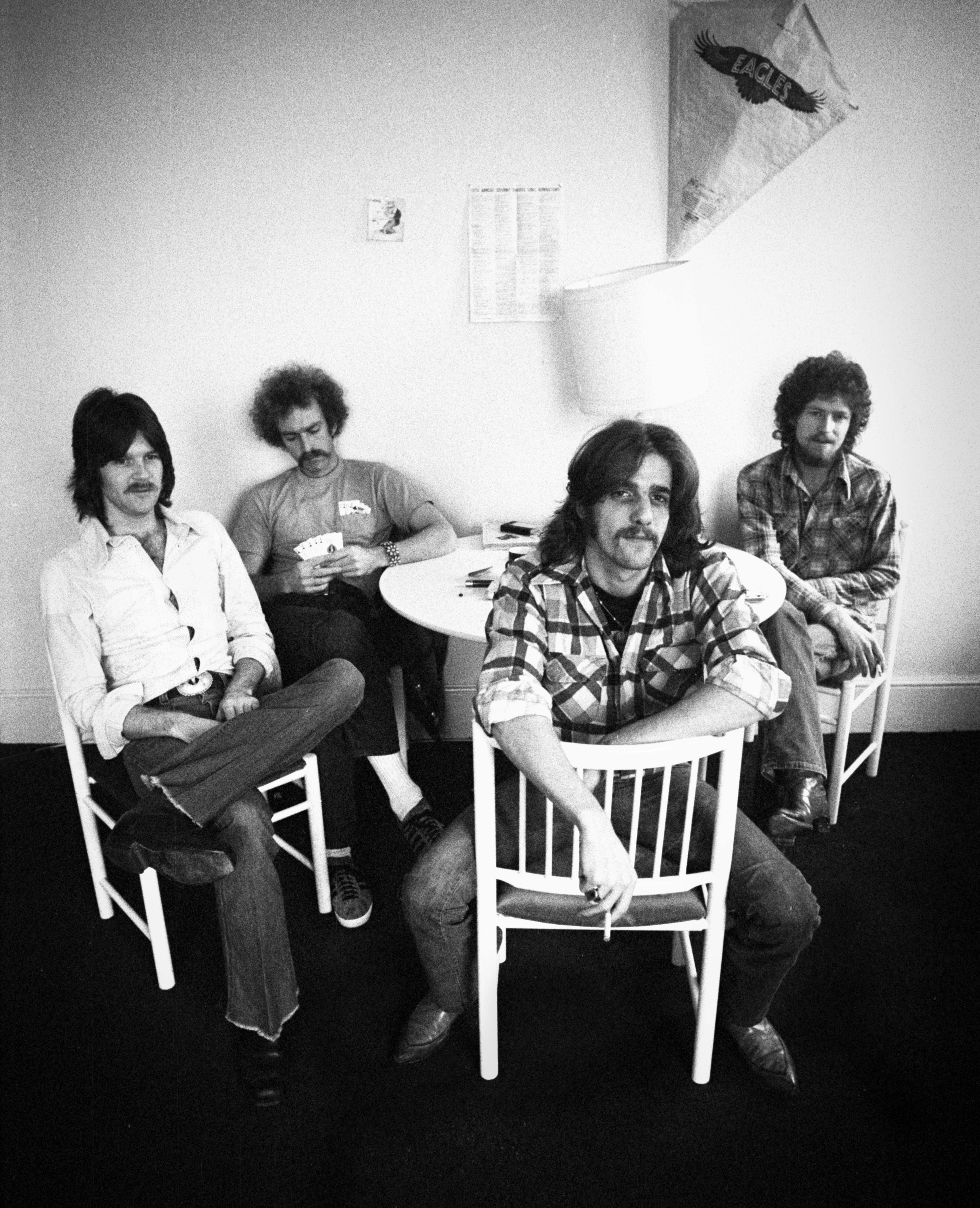 Glenn Frey Take It Easy Eagles debut single
Glenn Frey Take It Easy Eagles debut single
“Take It Easy” stands as the song that launched the Eagles into the stratosphere of rock music. Co-written with Jackson Browne, this track originated from Browne’s unfinished song idea while both songwriters resided in the same apartment building. Frey added the now-iconic line about “standing on a corner in Winslow, Arizona,” injecting a touch of playful observation and solidifying the song’s narrative. Released as the Eagles’ debut single from their self-titled first album, “Take It Easy” soared to the top of the charts. This instant success established the Eagles as a major force in American music. The song’s enduring popularity is such that Winslow, Arizona, has erected a statue commemorating the lyric, complete with an artwork depicting a girl in a flatbed Ford, forever linking the town to Glenn Frey and the Eagles’ legacy.
“Peaceful Easy Feeling” (1972)
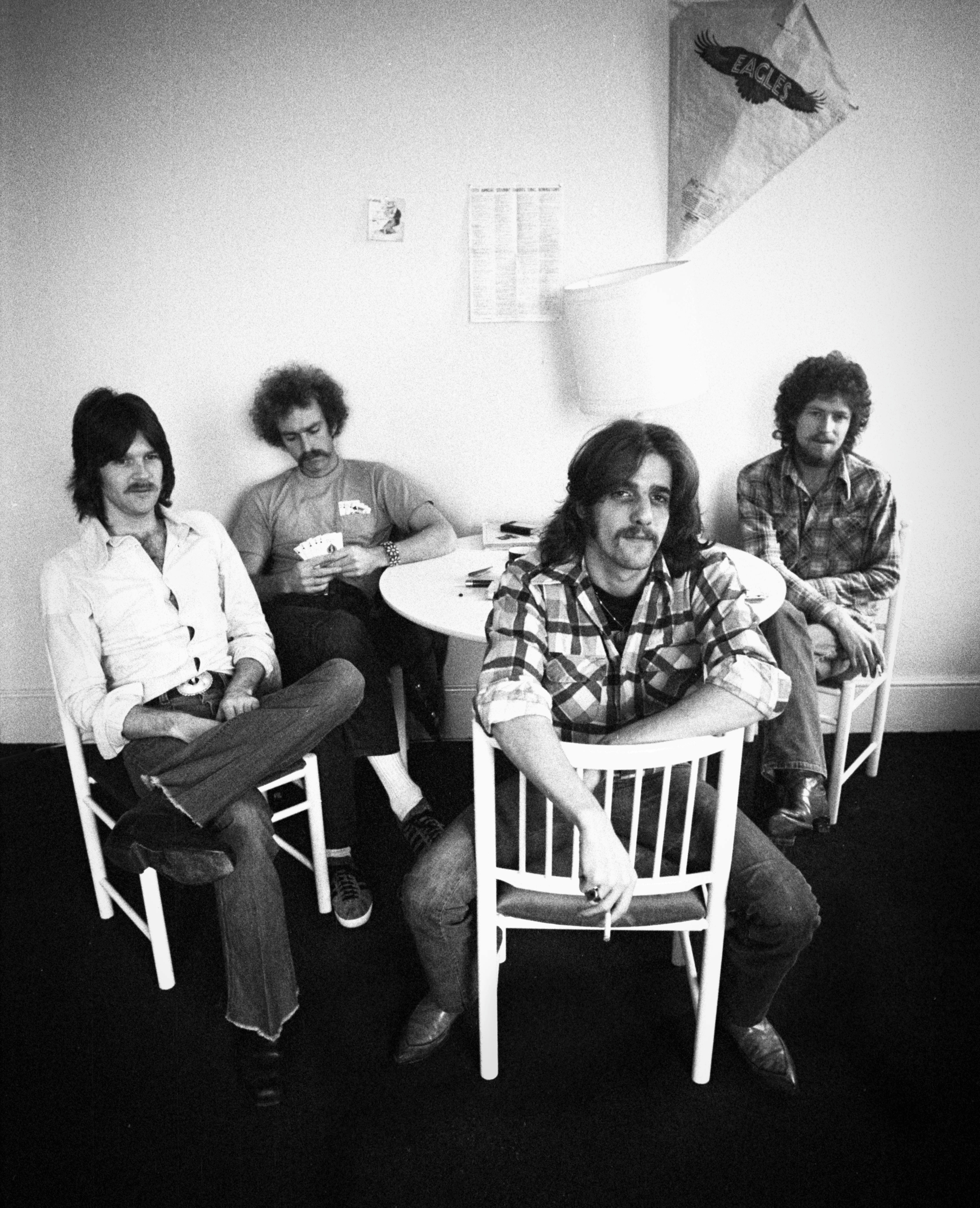 Glenn Frey Peaceful Easy Feeling California cool vibe song
Glenn Frey Peaceful Easy Feeling California cool vibe song
“Peaceful Easy Feeling” became one of the quintessential early Eagles tracks, deeply associated with Glenn Frey’s mellow vocal style. While penned by Jack Tempchin, Frey’s rendition of the song perfectly encapsulated the band’s emerging “California cool” aesthetic. His relaxed and soulful vocal delivery, influenced by the singer-songwriters he observed at the Troubadour club in Los Angeles, brought a personal touch to the lyrics. Although not a Frey original composition, his performance made “Peaceful Easy Feeling” his own, embedding it within the fabric of his musical identity and contributing significantly to the Eagles’ early sound. This song is a testament to Frey’s ability to interpret and elevate material, making it resonate deeply with audiences.
“Tequila Sunrise” (1973)
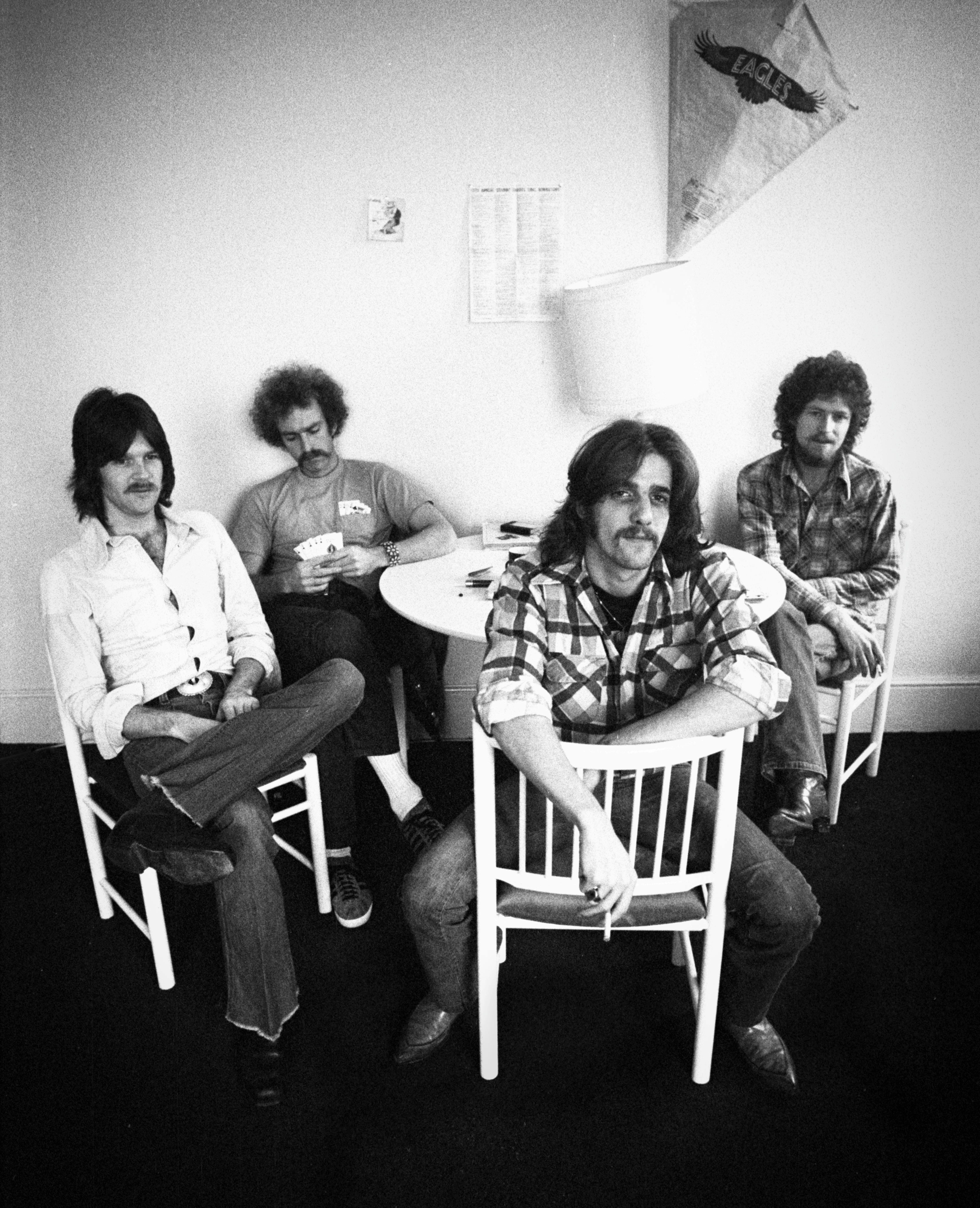 Glenn Frey Tequila Sunrise melancholic Eagles ballad
Glenn Frey Tequila Sunrise melancholic Eagles ballad
A centerpiece of the Desperado album, “Tequila Sunrise” is a poignant and slightly country-tinged ballad exploring themes of lost love and the tentative hope of finding it again. Co-written by Frey and Don Henley, with Frey on lead vocals, the song showcases his ability to convey complex emotions with nuanced delivery. His vocal performance is characterized by a direct yet gentle approach, enhanced by a subtle vibrato that adds a layer of hopefulness to the underlying melancholy of the music. Initially, Frey had reservations about the song, as revealed by Henley in the liner notes of The Very Best Of Eagles compilation. Frey worried it might be too cliché due to the drink’s popularity at the time. However, he eventually embraced the song, recognizing its musical integrity and stating, “I love the song. I don’t think there’s a single chord out of place.”
“Doolin-Dalton” (1973)
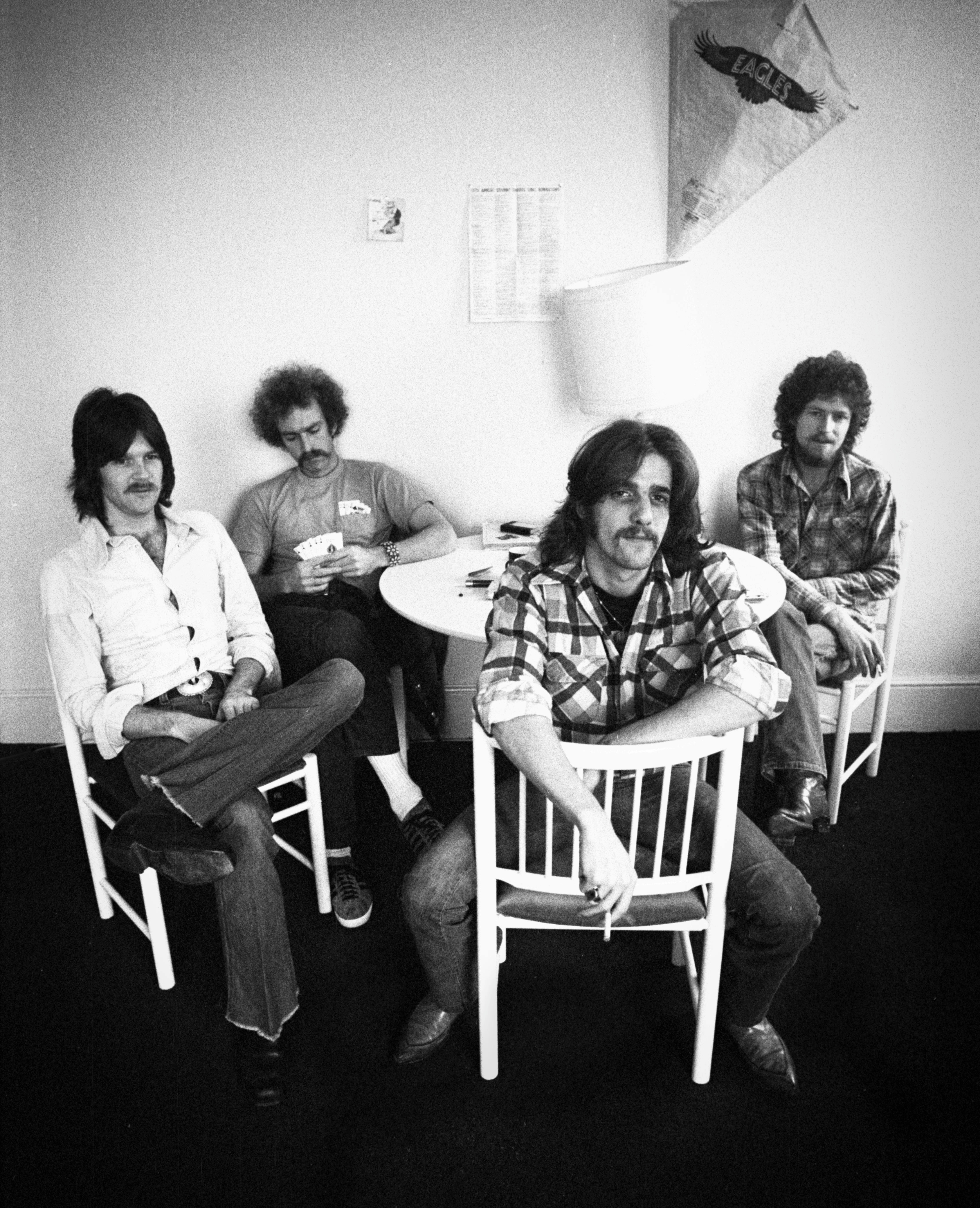 Glenn Frey Doolin-Dalton Eagles vocal harmony
Glenn Frey Doolin-Dalton Eagles vocal harmony
The creative partnership between Glenn Frey and Don Henley was a vital component of the Eagles’ multi-platinum success. “Doolin-Dalton,” a track from the Desperado album inspired by the Dalton Gang outlaws, exemplifies their musical synergy. The song features Frey and Henley alternating lead verses and harmonizing, displaying their exceptional vocal blend. While both contribute significantly, it is Frey who takes center stage during the pre-chorus, delivering the dramatic lines, “A man can use his back or use his brains/But some just went stir crazy, Lord/’Cause nothin’ ever changed,” adding intensity and emotional depth to the song’s narrative. “Doolin-Dalton” underscores the powerful vocal chemistry between Frey and Henley, a defining characteristic of the Eagles’ sound.
“Desperado” (1973)
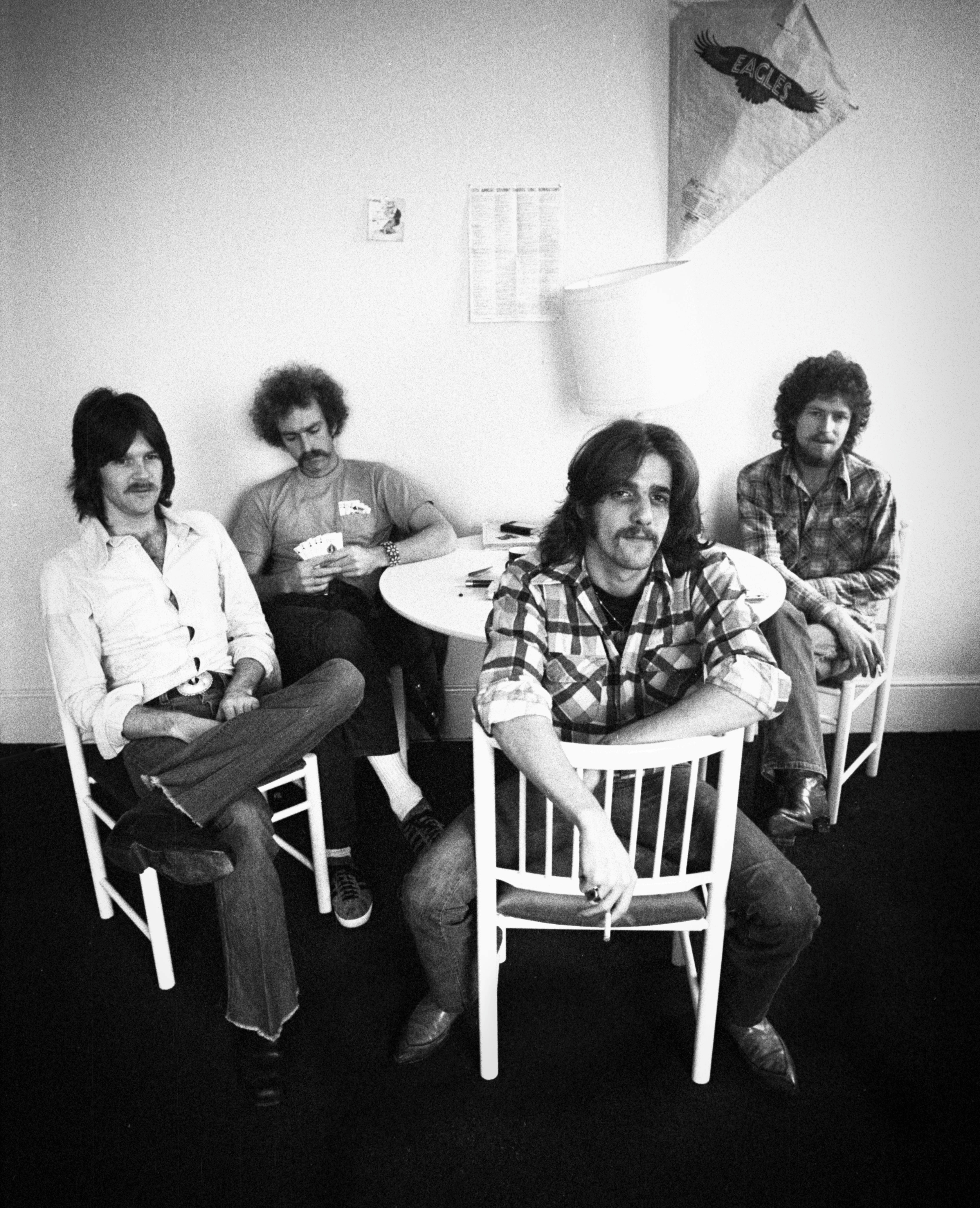 Glenn Frey Desperado Eagles signature song
Glenn Frey Desperado Eagles signature song
Although never released as a single, “Desperado,” the title track from the Eagles’ concept album about cowboys and outlaws, became intrinsically linked with the band and especially with Frey and Henley. As co-writers, they were hitting their stride as a songwriting team following the success of their first album. “Desperado” foreshadowed the songwriting sophistication that would later define “Hotel California.” Sung by Henley, with Frey’s piano accompaniment, “Desperado” has been covered by numerous artists, from Linda Ronstadt to Johnny Cash, testament to its enduring appeal and classic songwriting. This song highlights Frey’s versatility, not only as a songwriter but also as a musician capable of contributing beyond vocals.
“Already Gone” (1974)
 Glenn Frey Already Gone upbeat rock kiss-off song
Glenn Frey Already Gone upbeat rock kiss-off song
“Already Gone,” penned by Jack Tempchin and Robb Strandlund, transformed into a quintessential Glenn Frey song through his spirited rendition. After recording their first two albums in London with producer Glyn Johns, the Eagles moved to Los Angeles and began working with Bill Szymczyk. Frey felt more at ease in the studio with Szymczyk, which contributed to the song’s energetic feel. “Already Gone” marked a turning point, representing Frey’s newfound freedom and happiness. This track is considered the Eagles’ first straightforward rock song, and Frey’s guitar work, harmonizing and playing counterpoint with Don Felder, along with his confident lead vocals, embody this sense of liberation and musical exuberance.
“James Dean” (1974)
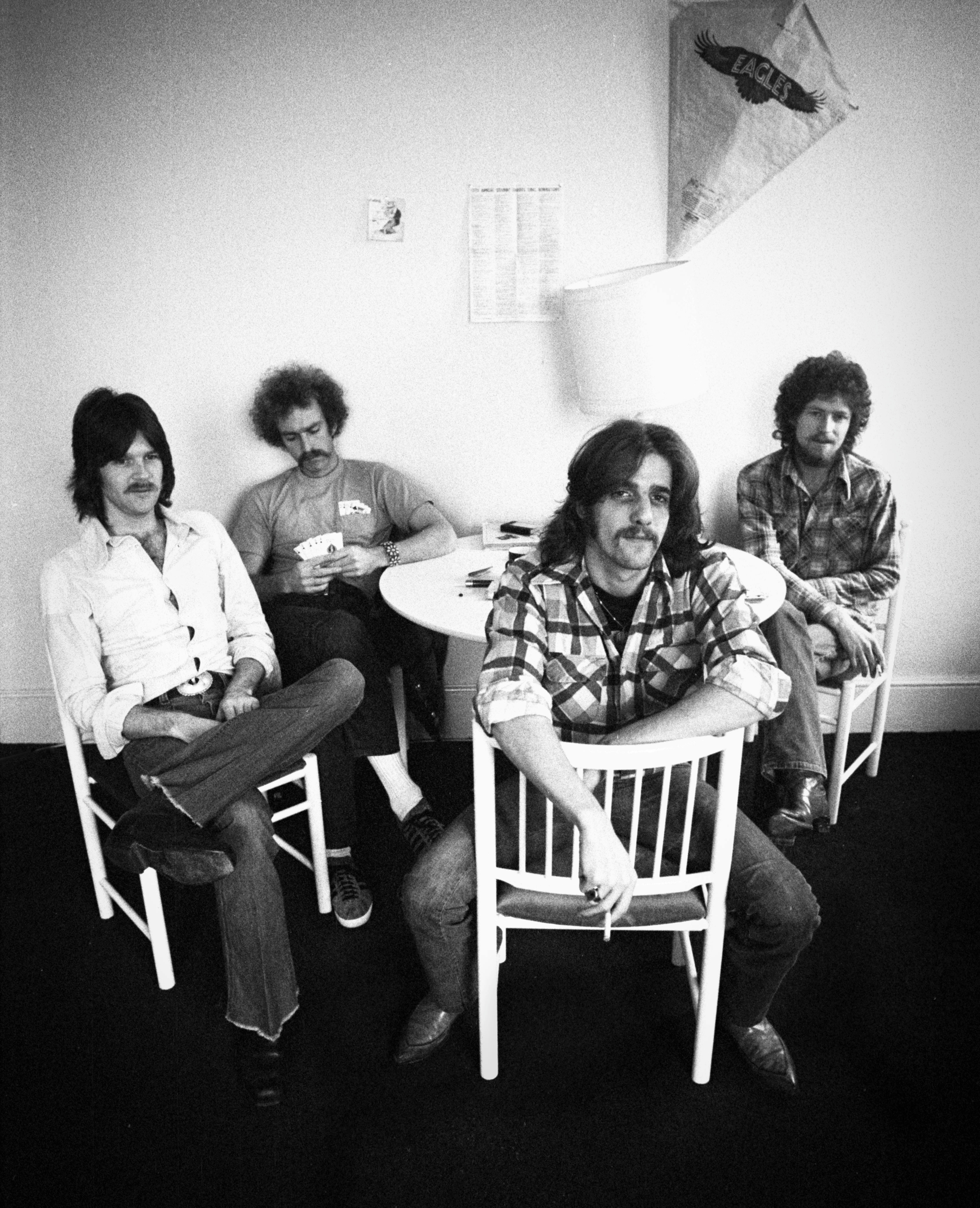 Glenn Frey James Dean youthful excitement song
Glenn Frey James Dean youthful excitement song
Co-written by Frey, Don Henley, Jackson Browne, and J.D. Souther, “James Dean” captures the youthful fascination with the iconic film star. With Frey on lead vocals, the song radiates excitement and admiration for James Dean’s early stardom. Frey himself considered the line, “I know my life would look alright if I could see it on the silver screen,” to be the song’s highlight, as he shared with Cameron Crowe in 2003. “James Dean” is a vibrant track reflecting the cultural impact of the actor and Frey’s ability to channel youthful enthusiasm into his performance. The song showcases Frey’s capacity to connect with themes of fame and aspiration.
“Lyin’ Eyes” (1975)
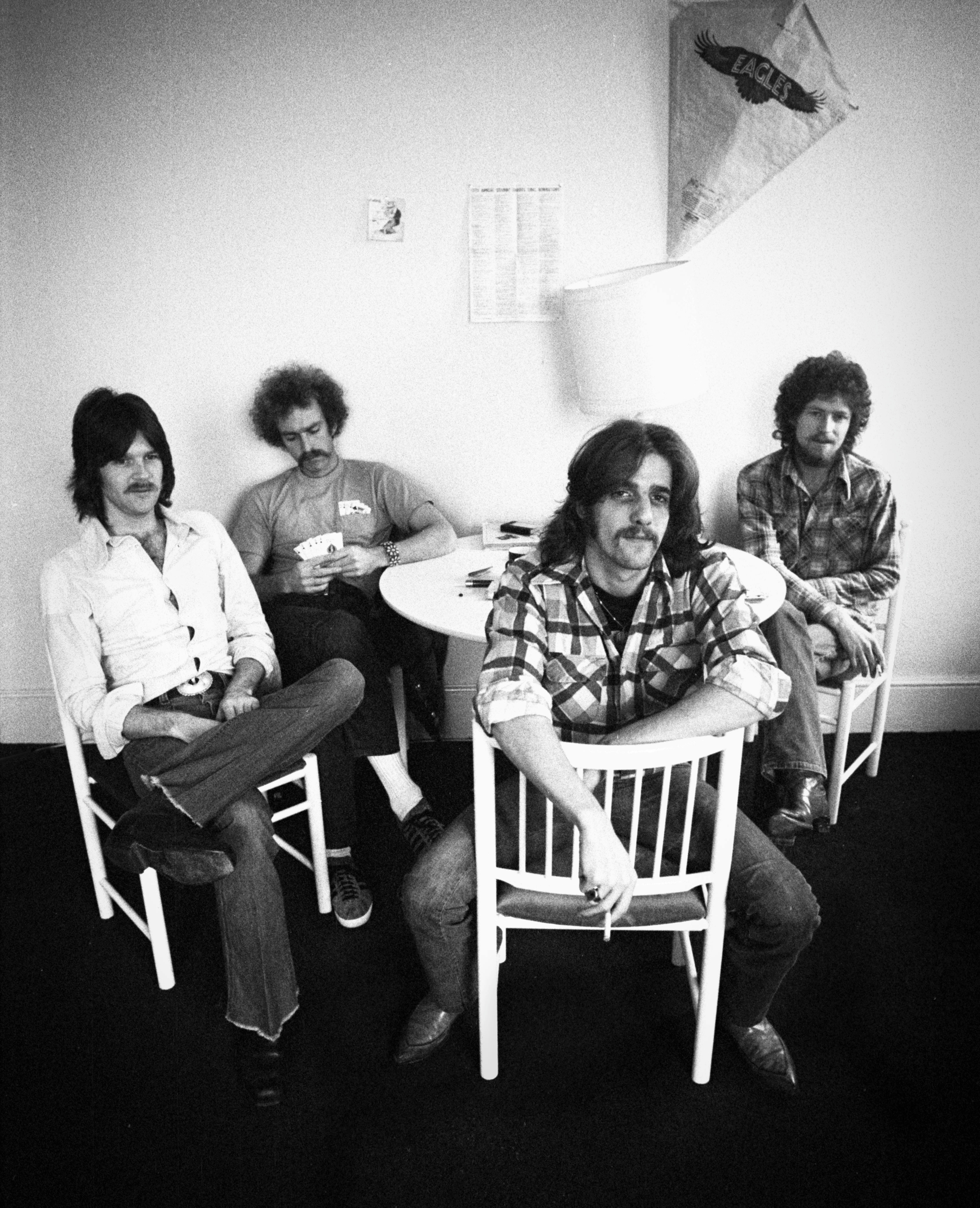 Glenn Frey Lyin' Eyes satire of LA culture
Glenn Frey Lyin' Eyes satire of LA culture
“Lyin’ Eyes” is a sharp and smooth satire of the gold-digger culture prevalent in Los Angeles. The inspiration struck Frey and Henley during an evening at Dan Tana’s, a favored bar, where they observed a young woman with an older, wealthy man. Frey’s immediate remark, “She can’t even hide those lyin’ eyes,” became the song’s central theme and title. The song’s melancholic melody perfectly complements the narrative of a woman trapped in a gilded cage. Sung with a blend of wryness and tenderness by Frey, and featuring signature Eagles harmonies, “Lyin’ Eyes” earned a Grammy Award in 1976 for Best Pop Performance by a Duo, Group or Chorus, solidifying its status as one of Glenn Frey’s and the Eagles’ most celebrated songs.
“After the Thrill Is Gone” (1975)
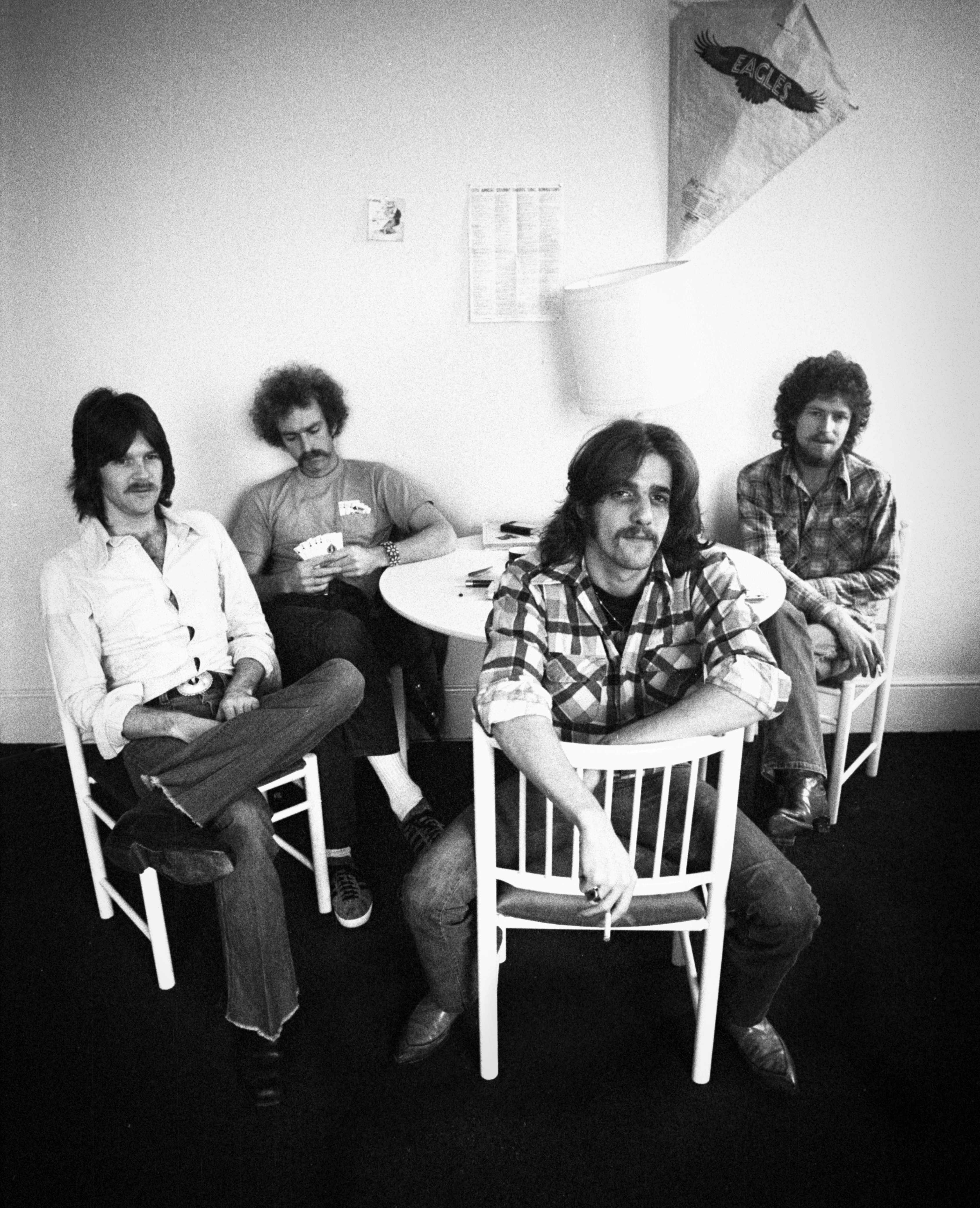 Glenn Frey After the Thrill Is Gone vocal duet
Glenn Frey After the Thrill Is Gone vocal duet
Similar to “Doolin Dalton” from Desperado, “After the Thrill Is Gone” from One of These Nights features a vocal collaboration between Frey and Henley, exploring the theme of love’s decline. This song raises the question of why Frey and Henley didn’t more frequently share lead vocals, given their exceptional harmony blend, a hallmark of the Eagles’ sound. “After the Thrill Is Gone” highlights their vocal prowess, showcasing their voices in peak form and reinforcing the Eagles’ strength as a harmony-driven band. The track stands as a testament to their combined vocal talents and their ability to convey emotional depth through shared performance.
“New Kid in Town” (1976)
 Glenn Frey New Kid in Town Hotel California lead vocal
Glenn Frey New Kid in Town Hotel California lead vocal
Glenn Frey took the lead vocal on only one track on the iconic Hotel California album, but he made it count with “New Kid in Town.” Co-written with Don Henley and J.D. Souther, the song delves into the ephemeral nature of love and fame. As Henley explained, it reflects on the fleeting nature of success in the music industry and in relationships, acknowledging that someone new will always come along to take your place. The Eagles recognized the song’s strength, making it the lead single from Hotel California. It quickly reached Number One, becoming their third chart-topping hit and cementing Frey’s vocal contribution to the album’s success.
“Wasted Time” (1976)
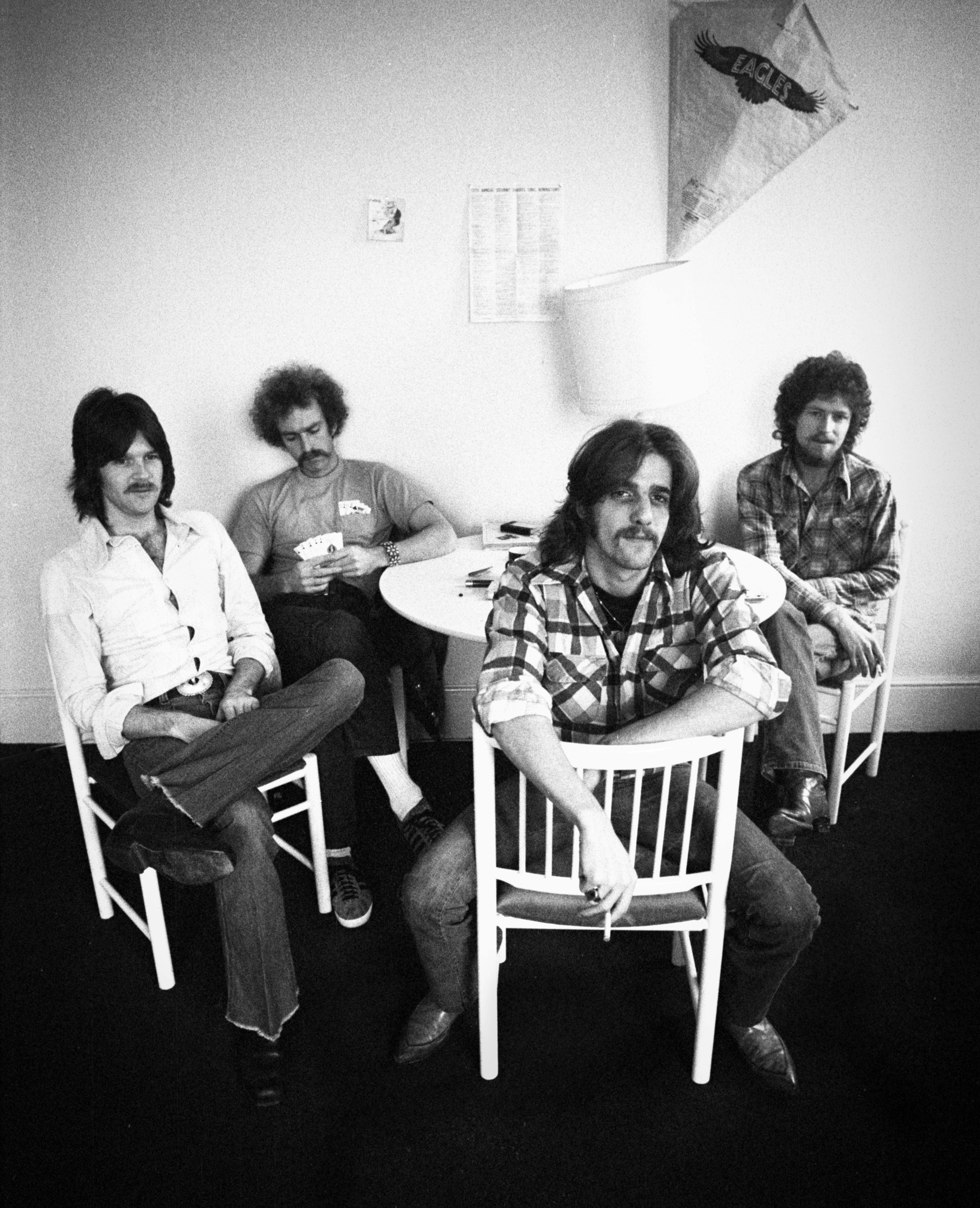 Glenn Frey Wasted Time Hotel California deep cut
Glenn Frey Wasted Time Hotel California deep cut
While “Hotel California” is the defining track of the Eagles’ 1976 album, “Wasted Time” serves as a crucial deep cut that thematically binds the entire LP. Positioned as the closing track of Side A and with a reprise opening Side B, “Wasted Time” is a breakup ballad that, like “Hotel California,” features Henley on lead vocals but is another potent Frey-Henley collaboration. In contrast to their earlier songs celebrating carefree living, “Wasted Time” explores themes of regret and lost opportunities, with lyrics like, “I could have done so many things, baby/If I could only stop my mind/From wonderin’ what I left behind…,” showcasing a deeper, more introspective songwriting direction for Frey and Henley.
“Life in the Fast Lane” (1977)
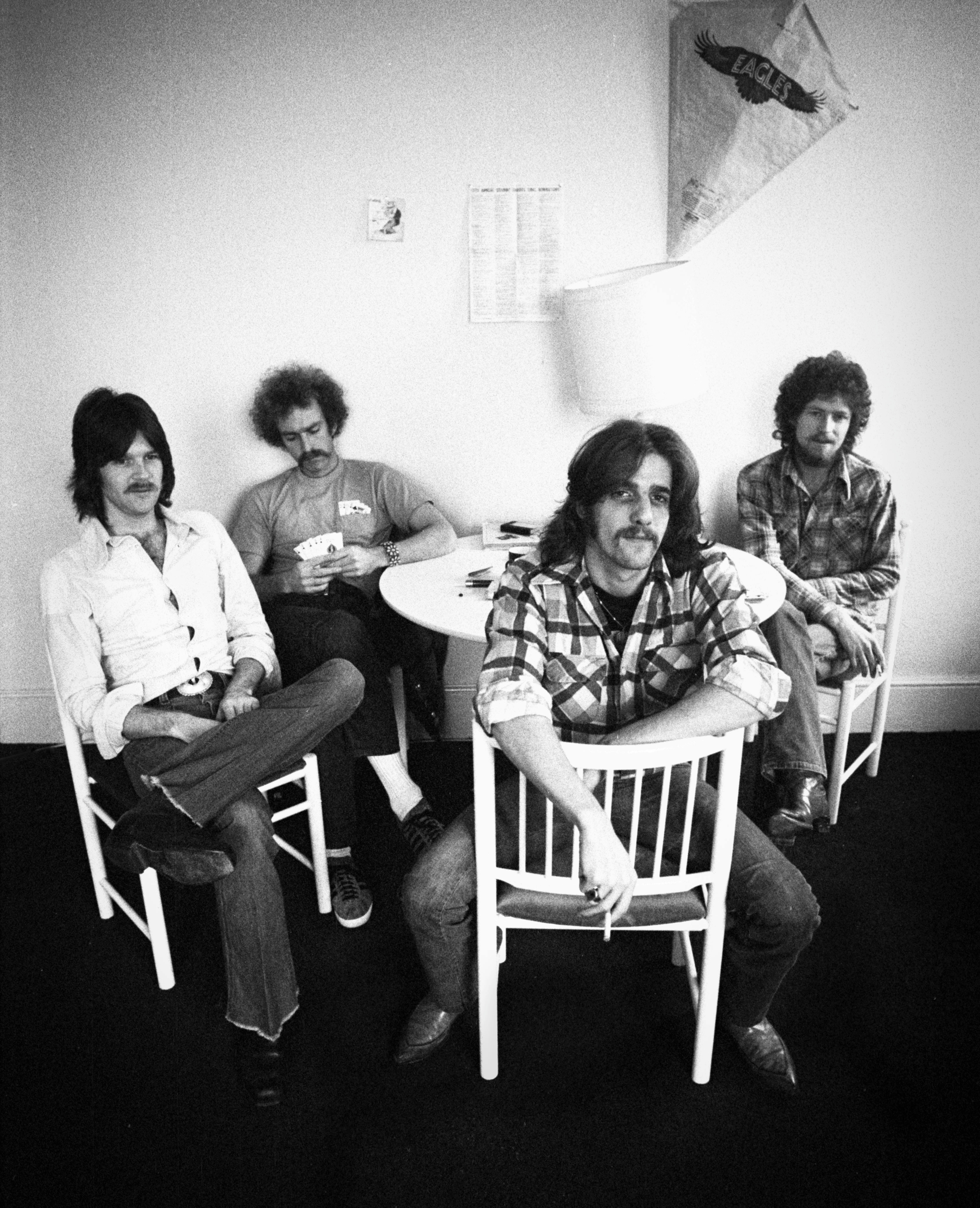 Glenn Frey Life in the Fast Lane Eagles decadence anthem
Glenn Frey Life in the Fast Lane Eagles decadence anthem
The genesis of “Life in the Fast Lane” came from a real-life experience recounted by Glenn Frey. While riding with a drug dealer in a Corvette en route to a poker game at high speed, the phrase “life in the fast lane” was uttered, sparking the song’s concept. Built around a Joe Walsh guitar riff, the song became a definitive anthem of 1970s Los Angeles decadence. Sung by Henley, with Frey adding funky clavinet, “Life in the Fast Lane” is a musical embodiment of the Eagles’ lifestyle and their awareness of it. The song’s success lies in its ability to make the excesses of the era sound both thrilling and cautionary.
“Heartache Tonight” (1979)
 Glenn Frey Heartache Tonight upbeat Eagles hit
Glenn Frey Heartache Tonight upbeat Eagles hit
“Heartache Tonight” emerged from a songwriting session between Frey and J.D. Souther, initially inspired by jamming and listening to Sam Cooke. However, the song truly took shape when Bob Seger visited Los Angeles. Frey played the unfinished melody and hand claps for Seger, who spontaneously came up with the chorus. This contribution was pivotal, leading Frey, Souther, and Don Felder to quickly complete the song. Frey described it as a “romp” with “no heavy lyrics,” intended to be fun and upbeat. Joe Walsh famously praised Frey’s vocal performance on the track, stating, “Glenn went out and sung his ass off on that track,” highlighting Frey’s energetic and powerful delivery on this hit song.
“I Can’t Tell You Why” (1980)
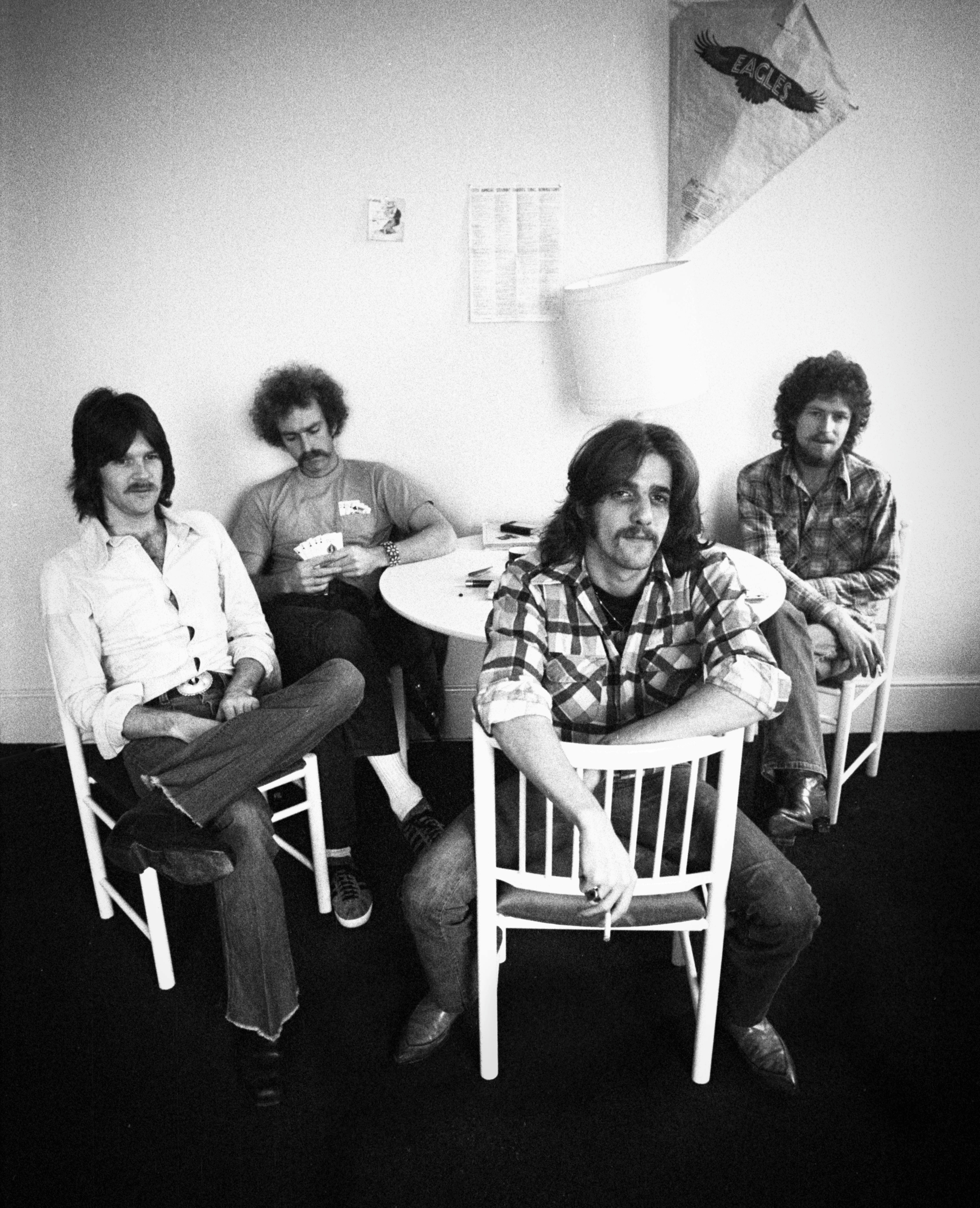 Glenn Frey I Can't Tell You Why emotive guitar solo
Glenn Frey I Can't Tell You Why emotive guitar solo
“I Can’t Tell You Why” is primarily associated with Eagles bassist Timothy B. Schmit, who sings lead, but Glenn Frey’s contribution is equally significant, particularly his emotionally charged guitar solo towards the song’s end. In a band boasting guitarists like Joe Walsh, Don Felder, and Bernie Leadon, Frey’s guitar skills are sometimes overlooked. However, “I Can’t Tell You Why” serves as a powerful reminder of his prowess on the instrument. His solo is both melodic and deeply expressive, underscoring the song’s emotional core and showcasing Frey’s often-underappreciated guitar talent within the Eagles.
“The One You Love” (1982)
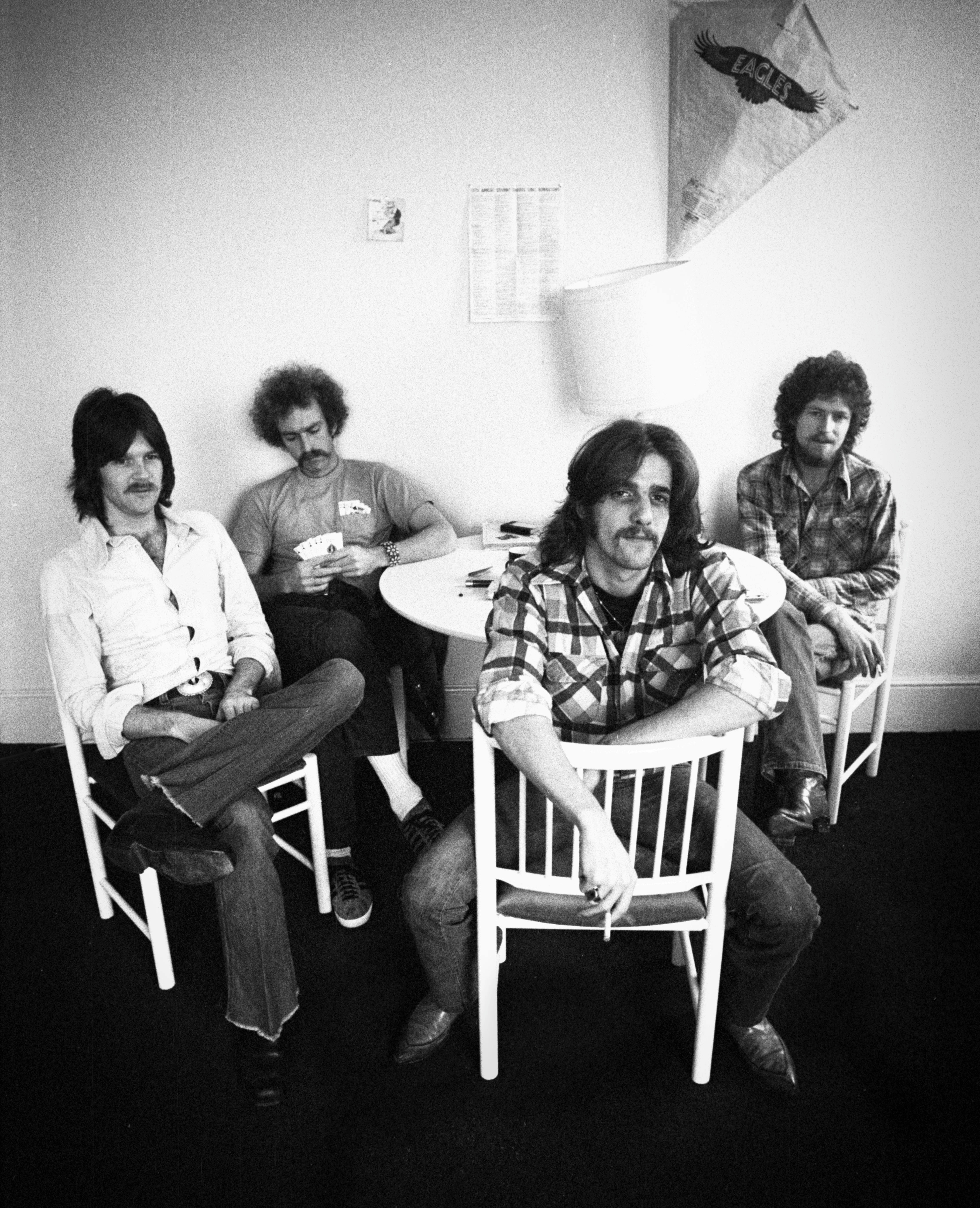 Glenn Frey The One You Love solo career hit
Glenn Frey The One You Love solo career hit
Following the Eagles’ initial breakup, Glenn Frey successfully transitioned to a solo career with “The One You Love” from his debut album, No Fun Aloud. He reunited with Jack Tempchin, his co-writer for “Peaceful Easy Feeling” and “Already Gone,” to co-write the song. “The One You Love,” with its mellow vibe and prominent saxophone, became a Top 15 hit, establishing Frey as a successful solo artist. Frey described the song’s rapid creation, stating that it emerged spontaneously while working on another song with Tempchin. Its immediate success demonstrated Frey’s ability to craft hits outside the Eagles’ framework and cemented his solo career.
“Smuggler’s Blues” (1984)
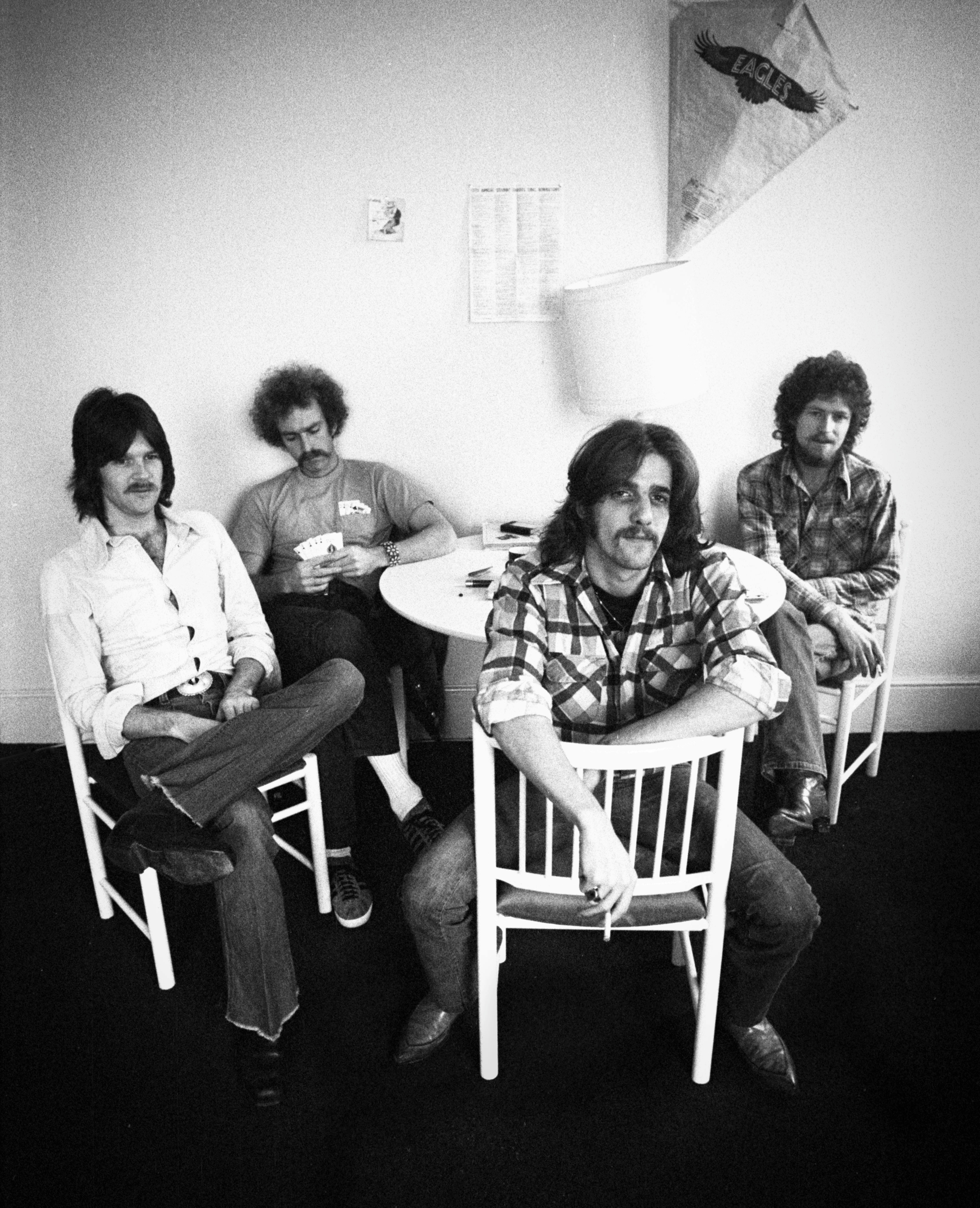 Glenn Frey Smuggler's Blues Miami Vice connection
Glenn Frey Smuggler's Blues Miami Vice connection
With the Eagles on hiatus, Glenn Frey ventured into acting in the 1980s. His first role was as a drug smuggler in a 1985 episode of Miami Vice titled “Smuggler’s Blues,” named after his song of the same name. At the height of Miami Vice‘s popularity, the song reached Number 12 on the Hot 100 and featured on the show’s best-selling soundtrack. Co-written with Jack Tempchin, “Smuggler’s Blues” narrates a drug deal gone wrong. The Miami Vice connection significantly boosted the song’s popularity, showcasing Frey’s ability to blend his music career with acting ventures, further expanding his reach into popular culture.
“The Heat Is On” (1984)
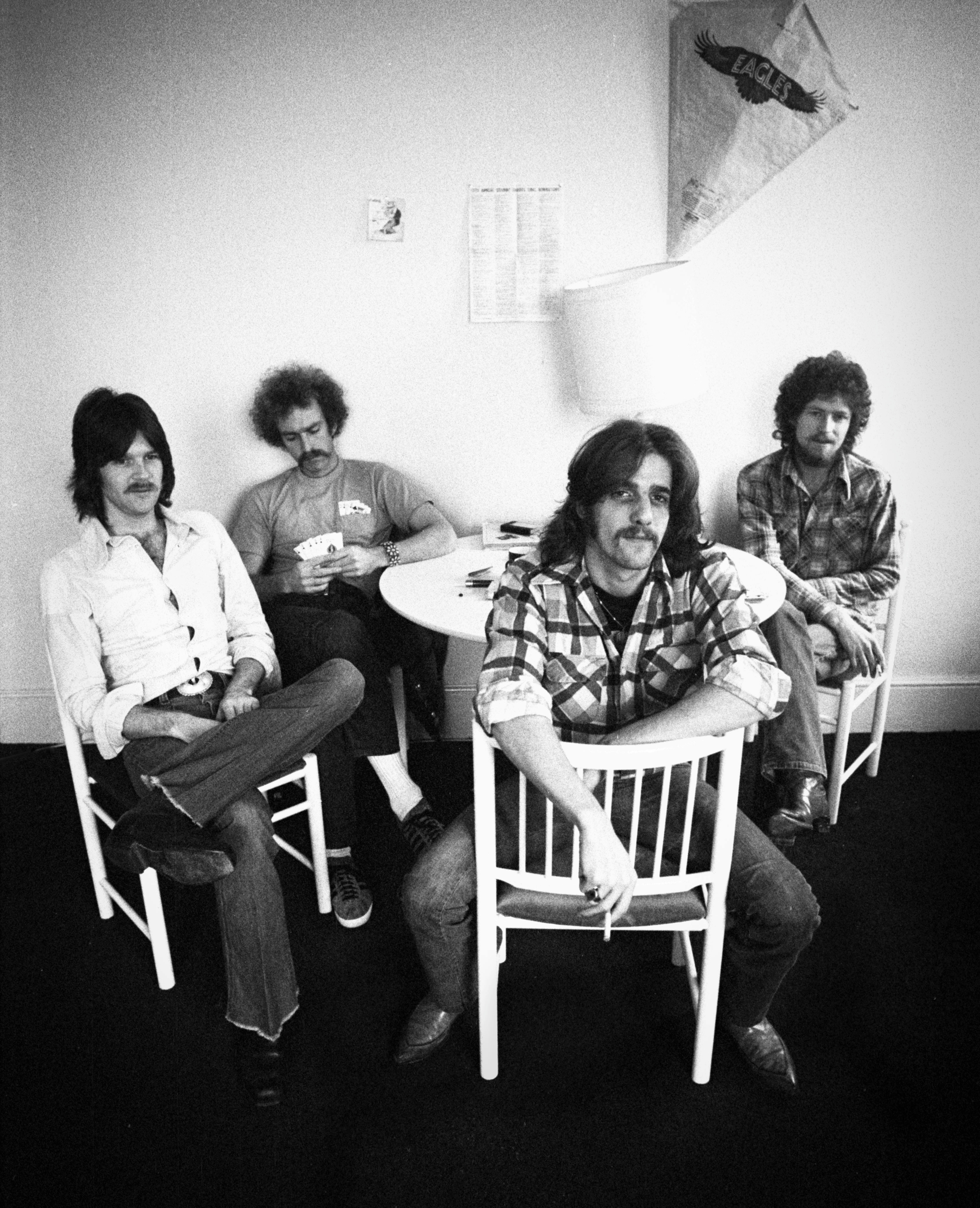 Glenn Frey The Heat Is On Beverly Hills Cop soundtrack hit
Glenn Frey The Heat Is On Beverly Hills Cop soundtrack hit
The blockbuster film Beverly Hills Cop not only propelled Eddie Murphy to superstardom but also fueled the success of its soundtrack, featuring Harold Faltermeyer’s “Axel F,” Patti LaBelle’s “New Attitude,” and Glenn Frey’s “The Heat Is On.” This saxophone-heavy track became ubiquitous on Top 40 radio and MTV in 1984. While Frey’s second solo album, The Allnighter, had modest commercial success, “The Heat Is On” revitalized his solo career. Initially, Frey underestimated the song’s potential impact, recalling that he recorded it quickly and received a relatively small payment upfront. However, its massive popularity proved to be a major career highlight for Frey in the 1980s.
“You Belong to the City” (1985)
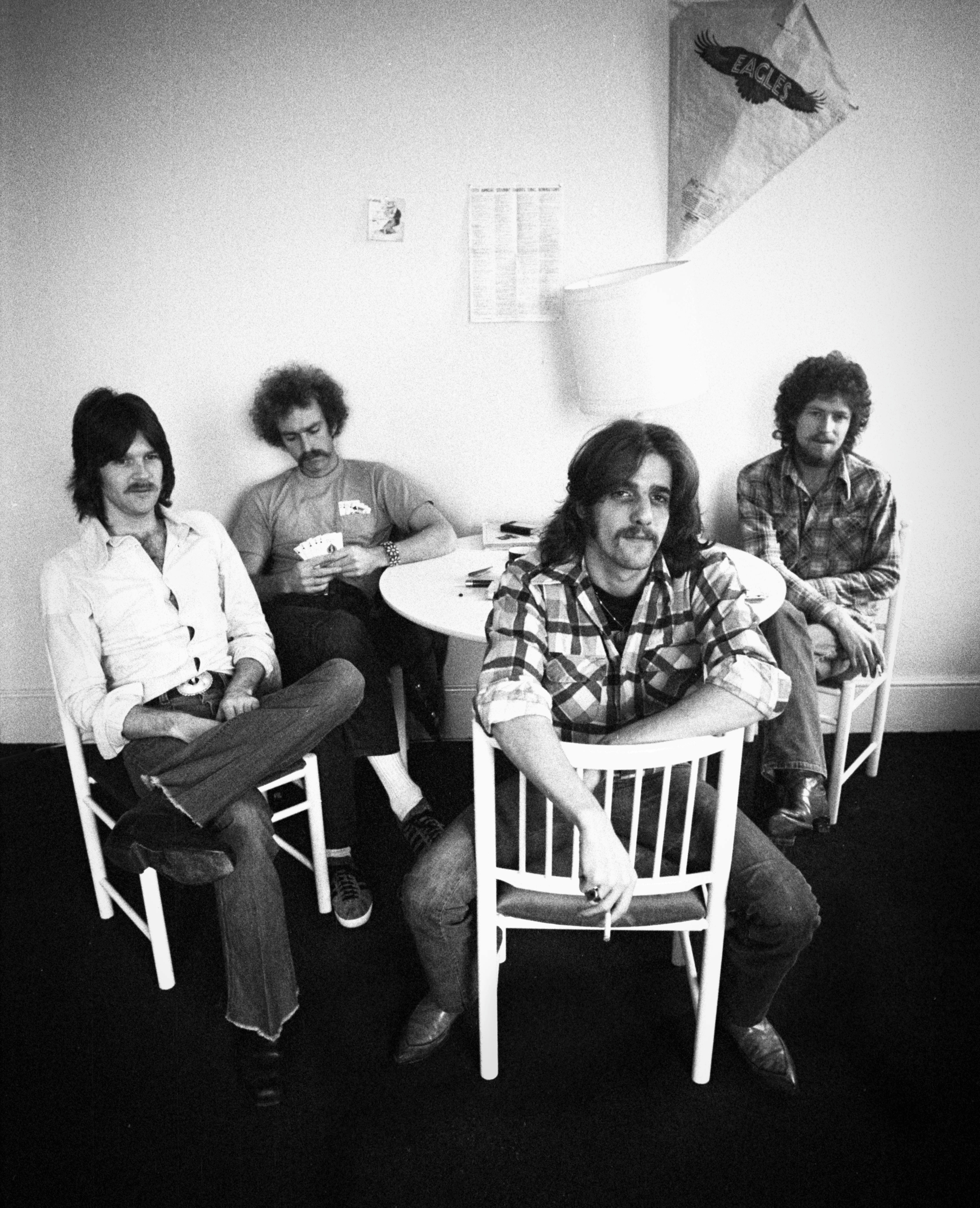 Glenn Frey You Belong to the City Miami Vice theme song
Glenn Frey You Belong to the City Miami Vice theme song
Miami Vice proved exceptionally beneficial for Glenn Frey’s career. The show not only provided acting opportunities and boosted “Smuggler’s Blues” but also gave him his biggest solo hit, “You Belong to the City.” Co-written with Jack Tempchin specifically for the show, the song depicts the loneliness of urban nightlife. “You Belong to the City” reached Number Two on the Hot 100 and became so popular that the Eagles included it in their 1994-95 reunion tour. Characterized by its prominent saxophone, like other Frey solo hits of the era, the song remains one of his most recognizable and successful solo tracks, deeply intertwined with the cultural phenomenon of Miami Vice.
“Busy Being Fabulous” (2007)
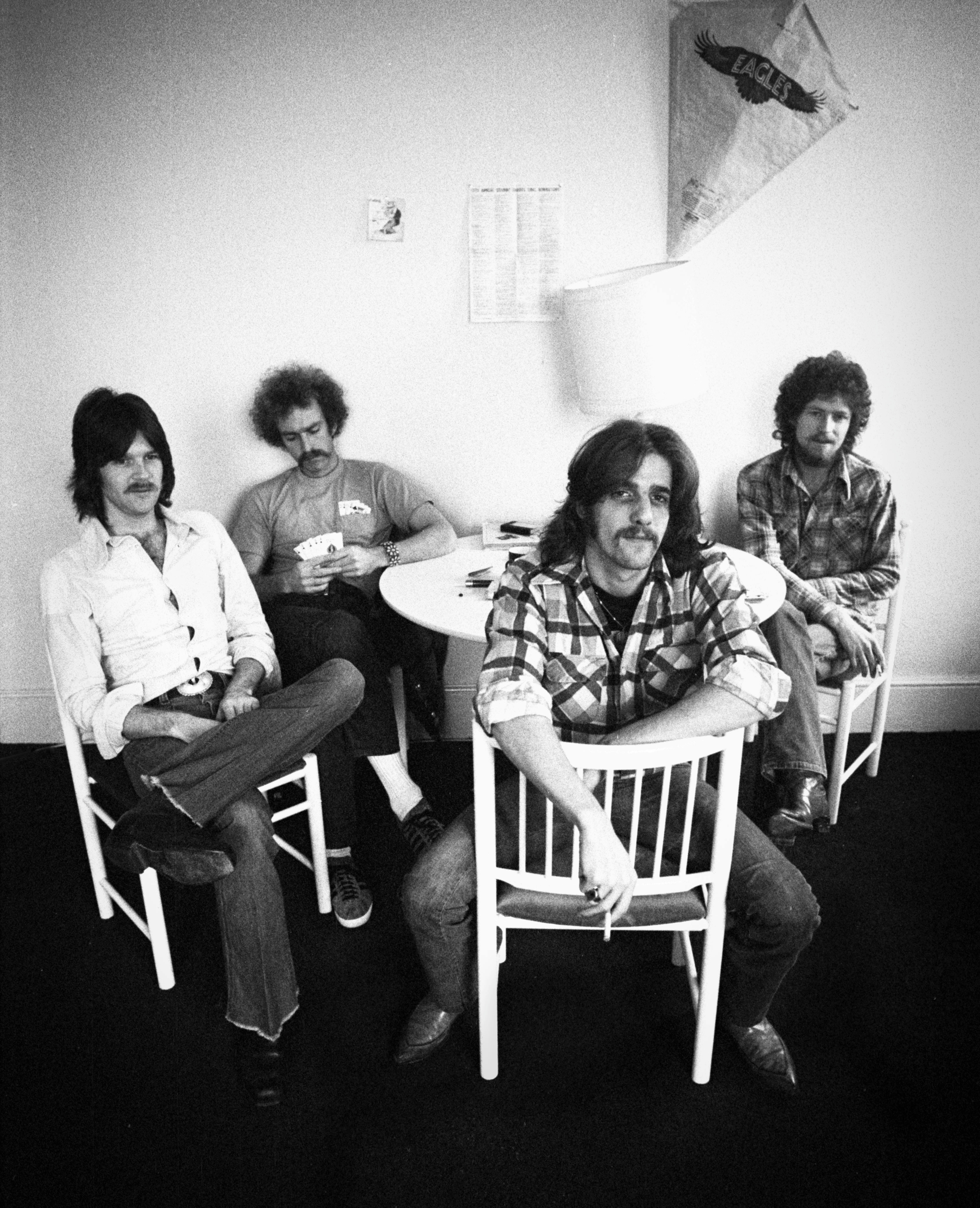 Glenn Frey Busy Being Fabulous Eagles reunion song
Glenn Frey Busy Being Fabulous Eagles reunion song
Decades after their initial hits, Glenn Frey continued to create music with the Eagles. “Busy Being Fabulous,” from their 2007 album Long Road Out of Eden, originated from an idea by Don Felder, which Frey then developed into a song about fading love amidst a backdrop of nightlife and superficial friendships. Henley likened the song to a Rolling Stones track. Despite initial reservations from Felder, Frey persisted in refining the lyrics, and industry insiders predicted its hit potential. “Busy Being Fabulous” reached the Top 40 on the country charts and its music video, featuring Joe Walsh as a police officer pulling over a partying Henley, is a memorable visual accompaniment to this later-career Eagles song, showcasing Frey’s continued songwriting contributions to the band.
Glenn Frey’s musical legacy extends far beyond these highlights, but these songs offer a glimpse into the breadth and depth of his talent. From his early days with Bob Seger to his solo successes and enduring contributions to the Eagles, Frey crafted a body of work that continues to resonate with audiences worldwide. His songs are a testament to his skill as a songwriter, vocalist, and guitarist, solidifying his place as one of rock music’s most influential figures.
